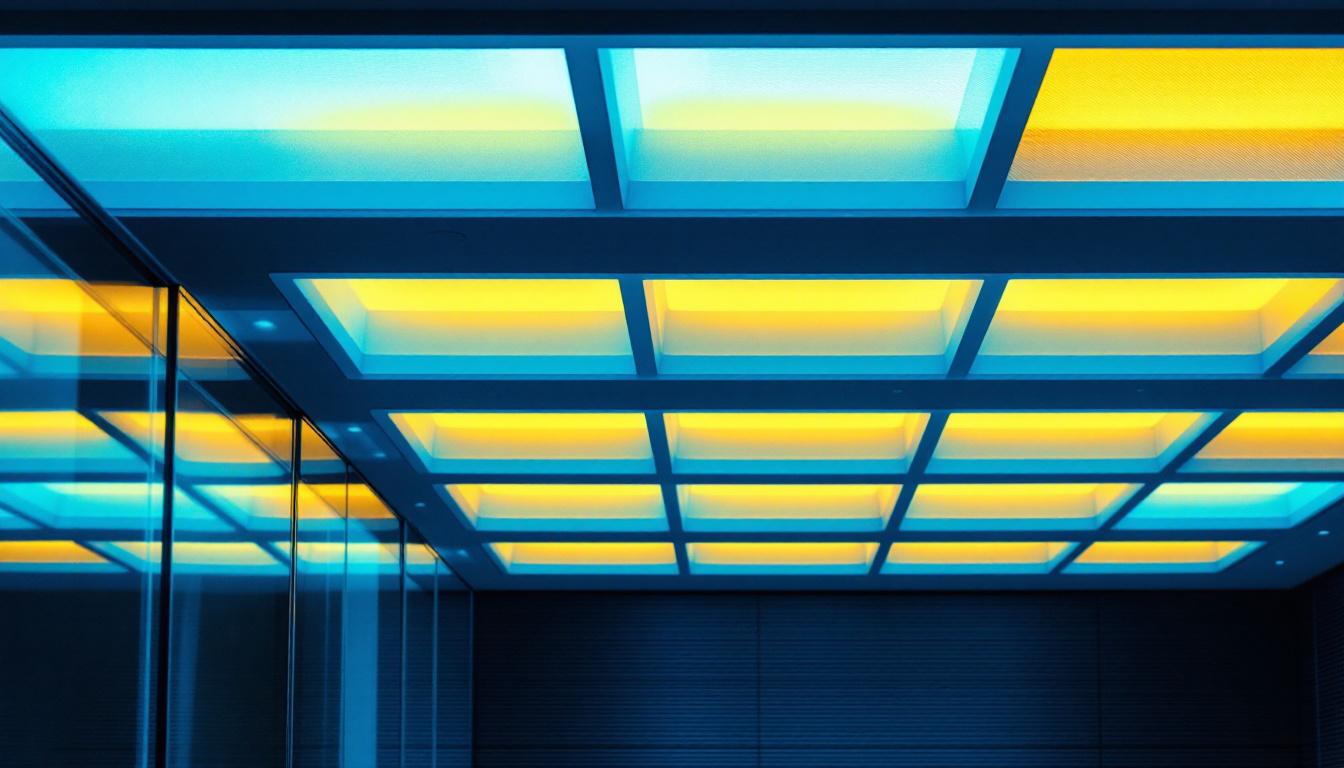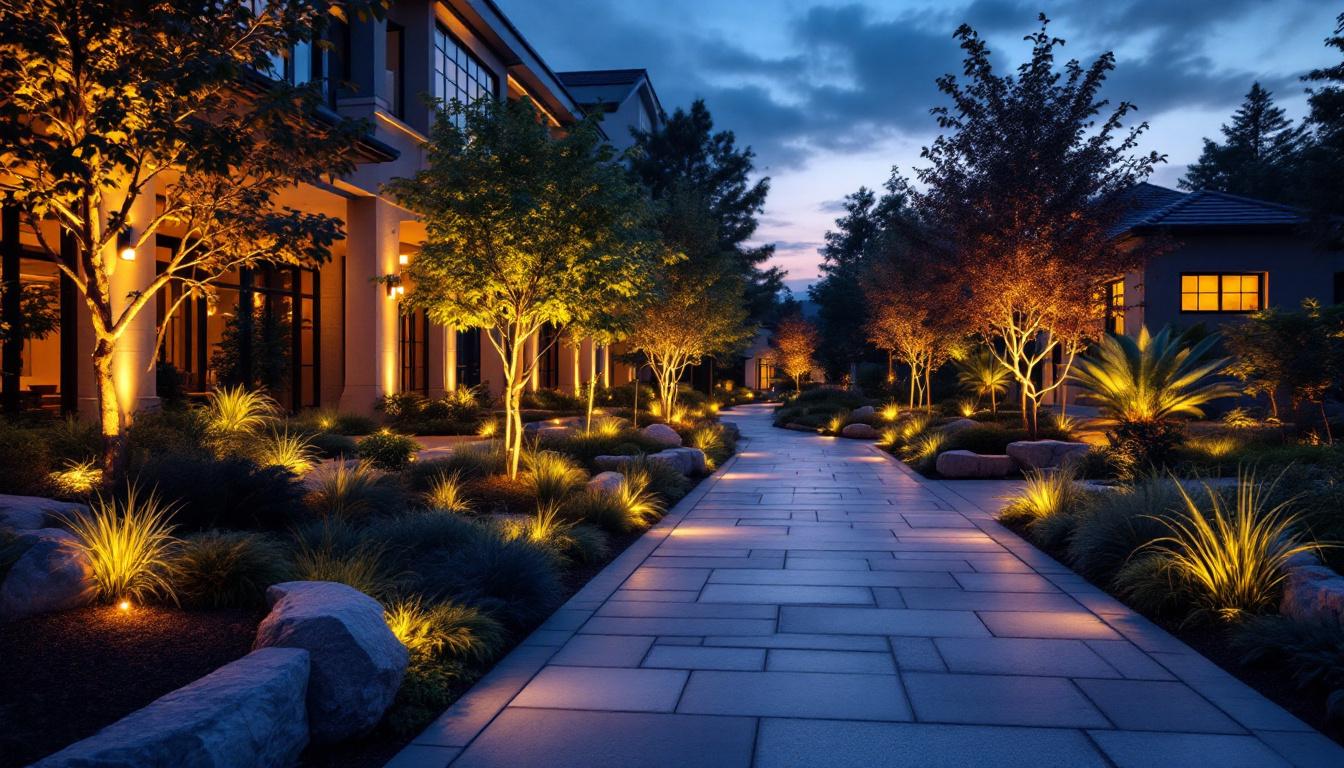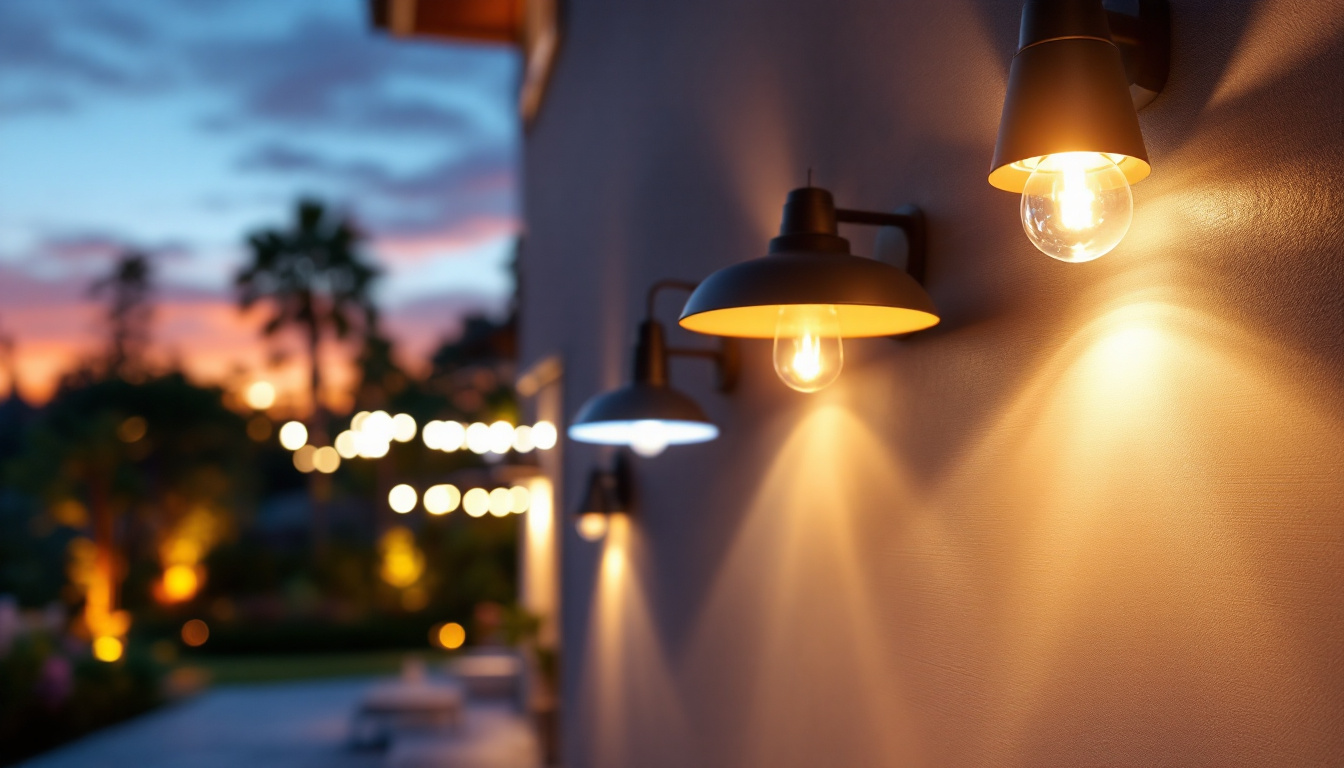
The world of lighting has undergone significant transformations over the years, particularly in the realm of recessed lighting for drop ceilings. This evolution reflects advancements in technology, design preferences, and energy efficiency. As lighting contractors, understanding these changes is essential for providing clients with the best solutions tailored to their needs.
Recessed lighting, often referred to as can lighting or pot lighting, is a popular choice for both residential and commercial spaces. This type of lighting involves fixtures that are installed into the ceiling, creating a clean and unobtrusive look. The fixtures are typically designed to be flush with the ceiling, making them an ideal option for drop ceilings where space is limited.
One of the primary advantages of recessed lighting is its versatility. It can be used for general illumination, task lighting, or accent lighting, depending on the design and placement of the fixtures. This adaptability makes it a favored option among designers and contractors alike.
The design flexibility offered by recessed lighting is one of its most appealing features. With various sizes, shapes, and finishes available, contractors can select fixtures that complement the overall aesthetic of a space. Whether the goal is to achieve a modern, minimalist look or a more traditional ambiance, there are recessed lighting options to suit every taste.
Moreover, the ability to adjust the direction of the light allows for creative lighting solutions. For instance, adjustable recessed lights can highlight architectural features or artwork, enhancing the overall design of a room. This capability is particularly useful in spaces with high ceilings or unique layouts, where focused lighting can draw attention to specific areas, creating visual interest and depth.
As energy efficiency becomes increasingly important in the lighting industry, recessed lights have evolved to incorporate sustainable technologies. LED recessed lighting, in particular, has gained popularity due to its low energy consumption and long lifespan. These fixtures not only reduce electricity bills but also contribute to a smaller carbon footprint.
Contractors are now more frequently recommending LED options to clients, as they offer a range of color temperatures and brightness levels, allowing for customized lighting solutions. This shift towards energy-efficient lighting is not just a trend; it reflects a growing awareness of environmental responsibility. Additionally, many LED recessed lights come with dimming capabilities, providing users with even more control over their lighting environment, which can further enhance energy savings and create the perfect ambiance for any occasion.
Furthermore, the installation of recessed lighting can also increase the value of a property. Well-placed and well-designed lighting can make spaces feel larger and more inviting, which is particularly appealing in real estate markets. Buyers often look for homes that are not only aesthetically pleasing but also functional, and the right lighting can significantly impact the perceived quality of a space. As such, investing in recessed lighting can be seen as a strategic move for homeowners looking to enhance their living environment while also appealing to potential buyers in the future.
The technology behind recessed lighting has advanced significantly, leading to improved performance and functionality. From the early incandescent bulbs to modern LED solutions, each iteration has brought enhancements that cater to the needs of both contractors and end-users.
Historically, recessed lighting primarily utilized incandescent bulbs, which, while providing warm light, were known for their inefficiency. The introduction of compact fluorescent lamps (CFLs) offered a more energy-efficient alternative, but they still fell short in terms of light quality and instant brightness.
The real game-changer came with the advent of LED technology. LEDs not only consume significantly less energy but also provide superior light quality. They offer instant illumination without the warm-up time associated with CFLs, making them a preferred choice for contractors looking to enhance the lighting experience for their clients.
In recent years, the integration of smart technology into recessed lighting has further revolutionized the industry. Smart recessed lights can be controlled remotely via smartphones or voice-activated devices, allowing users to adjust brightness, color temperature, and even set schedules.
This level of control enhances convenience and allows for personalized lighting experiences. For contractors, offering smart lighting solutions can be a significant selling point, as clients increasingly seek ways to integrate technology into their homes and businesses.
When it comes to installing recessed lights in drop ceilings, several factors must be taken into account. The unique characteristics of drop ceilings can present both challenges and opportunities for lighting contractors.
One of the first considerations is selecting the appropriate fixtures for drop ceilings. Due to the limited space above the ceiling tiles, it’s crucial to choose low-profile recessed lights that can fit comfortably without compromising the ceiling’s structural integrity.
Additionally, contractors should consider the type of ceiling tiles being used. Some tiles may have specific weight limits or installation requirements that could impact the choice of recessed lighting fixtures. Ensuring compatibility between the fixtures and the ceiling materials is essential for a successful installation.
Proper planning of the recessed lighting layout is critical for achieving optimal illumination. Contractors must take into account the size of the room, the height of the drop ceiling, and the intended use of the space. A well-thought-out layout will ensure even lighting distribution and minimize shadows.
It’s also important to consider the placement of other elements, such as HVAC vents and ceiling fans, to avoid any obstructions. By carefully planning the layout, contractors can create a lighting scheme that enhances the overall functionality and aesthetics of the space.
The advantages of recessed lighting in drop ceilings extend beyond aesthetics. These fixtures offer numerous benefits that can enhance both residential and commercial environments.
One of the most significant benefits of recessed lighting is its space-saving design. In areas with low ceilings, traditional light fixtures can be cumbersome and create a sense of confinement. Recessed lights, on the other hand, provide a streamlined look that can make a room feel more spacious.
This is particularly advantageous in commercial settings, where maximizing usable space is often a priority. By utilizing recessed lighting, contractors can help clients achieve a more open and inviting atmosphere.
Recessed lighting can also contribute to improved safety and accessibility in various environments. By eliminating protruding fixtures, the risk of accidental bumps and injuries is reduced. This is especially important in high-traffic areas, such as hallways and entryways.
Furthermore, the ability to install recessed lights in strategic locations can enhance visibility, making it easier for individuals to navigate spaces safely. For contractors, highlighting these safety benefits can be an effective way to communicate the value of recessed lighting to clients.
While recessed lighting offers numerous advantages, there are challenges associated with its installation in drop ceilings. Understanding these challenges and having solutions at hand can streamline the process for contractors.
One of the primary challenges in installing recessed lighting is ensuring proper electrical connections. Drop ceilings often conceal electrical wiring, making it essential to plan the installation carefully. Contractors must be diligent in locating existing wiring and ensuring that the new fixtures can be integrated seamlessly.
Additionally, it’s important to comply with local electrical codes and regulations. This may involve consulting with licensed electricians to ensure that all installations meet safety standards. By addressing these electrical considerations upfront, contractors can avoid potential issues down the line.
Another challenge is managing insulation and airflow around recessed lighting fixtures. In some cases, insulation may need to be removed or adjusted to accommodate the fixtures, which can impact energy efficiency.
To address this, contractors should consider using IC-rated (Insulation Contact) fixtures, which are designed to be in direct contact with insulation without posing a fire hazard. This not only simplifies the installation process but also helps maintain energy efficiency by preventing heat loss.
The future of recessed lighting is poised for continued innovation, driven by advancements in technology and changing consumer preferences. As lighting contractors, staying informed about these trends can provide a competitive edge in the industry.
As consumer demand for personalized solutions grows, manufacturers are responding by offering increased customization options for recessed lighting. This includes a wider range of colors, finishes, and adjustable features that allow users to tailor their lighting experience to their specific needs.
Contractors who embrace these customization options can better meet the diverse preferences of their clients, ultimately enhancing customer satisfaction and loyalty.
The integration of recessed lighting with smart home systems is another trend that is likely to gain momentum. As more homeowners and businesses adopt smart technology, the demand for lighting solutions that seamlessly integrate with these systems will continue to rise.
Contractors who are knowledgeable about smart lighting solutions and can offer installation services will be well-positioned to capitalize on this growing market. Providing clients with the ability to control their lighting through smart devices can significantly enhance their overall experience.
The evolution of recessed lighting for drop ceilings reflects broader trends in the lighting industry, driven by advancements in technology, design preferences, and energy efficiency. For lighting contractors, understanding these changes is crucial for delivering effective solutions that meet the needs of clients.
From the transition to LED technology and the integration of smart systems to the challenges and considerations of installation, staying informed about the latest developments in recessed lighting can empower contractors to provide exceptional service. As the industry continues to evolve, embracing innovation and adaptability will be key to success in the ever-changing landscape of lighting design.
Ready to elevate your lighting projects with the latest in recessed lighting technology? At LumenWholesale, we provide lighting contractors with the highest quality, spec-grade lighting products at competitive wholesale prices. Say goodbye to local distributor markups and hello to a vast selection of reliable, high-performance lighting that meets rigorous industry standards. With free shipping on bulk orders, you can stock up on premium lighting solutions without worrying about hidden fees or compromises. Make the smart choice for your business and ensure your projects shine with the best value in lighting. Discover the perfect blend of quality, affordability, and convenience at LumenWholesale today.

Discover how automatic sensors are revolutionizing the lighting industry by boosting efficiency and profitability for contractors.

Discover the essential facts about outdoor dusk till dawn lights from the perspective of lighting contractors.

Discover the advantages and drawbacks of 8 LED fixtures for lighting contractors.

Illuminate your projects with confidence using our comprehensive guide on outdoor house light fixtures.